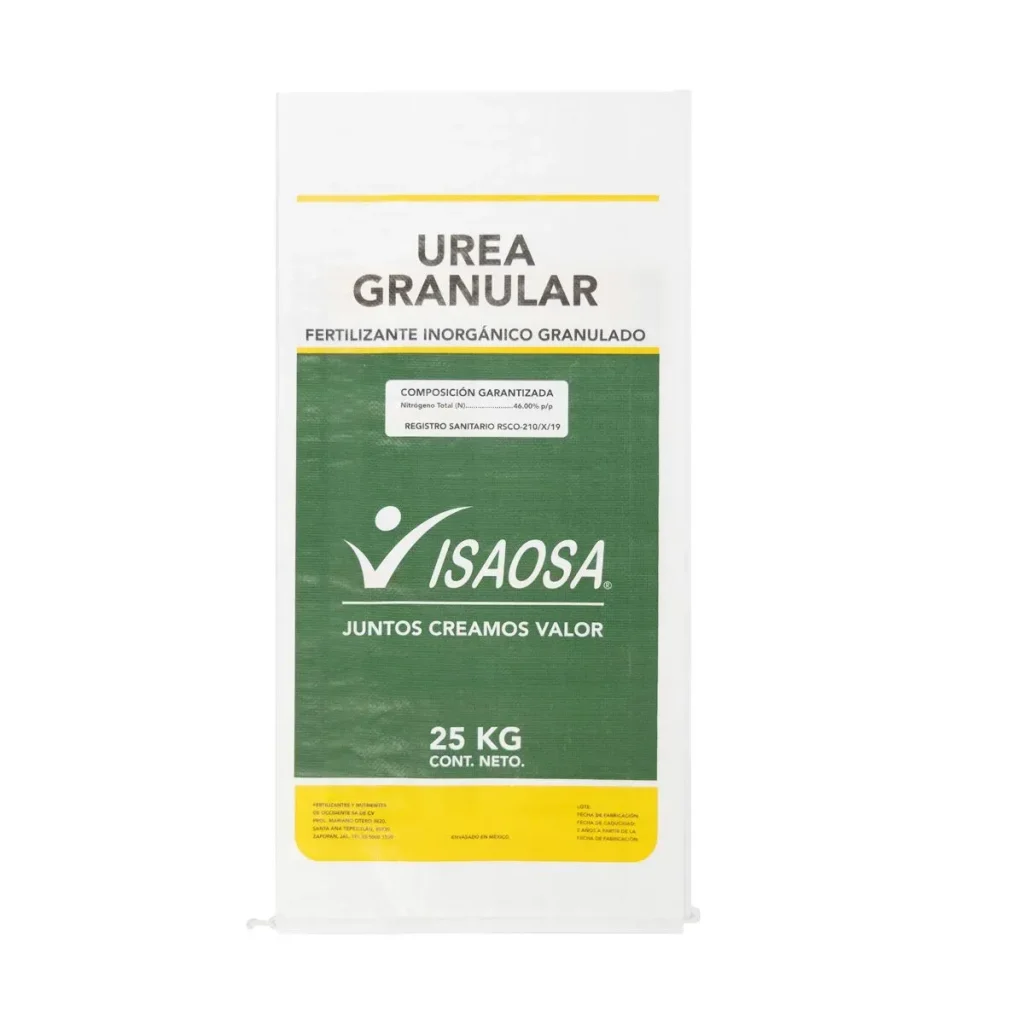
- 1. Historical Evolution: From Basic Sacks to Smart Packaging
- 2. Surface Engineering: Beyond Functional to Aesthetic Excellence
- 3. Technical Specifications: Balancing Form and Function
- 4. Application-Specific Solutions
- 5. Future Trends: Intelligent and Sustainable Packaging
- 6. FAQs: Addressing Critical Concerns
- 7. Why VidePak?
- 8. Conclusion
This article answers three critical questions for packaging buyers: How has Form-Fill-Seal (FFS) technology revolutionized woven bag production since its inception? What technical advancements enable VidePak’s FFS bags to achieve sub-2mm filament precision and premium surface finishes? And how do these innovations translate into 25% cost savings and 99.8% defect-free performance in feed and chemical packaging? Backed by ISO 9001-certified manufacturing, 30+ material patents, and 1.2 million annual customer deliveries, we dissect the evolution of FFS woven bags from rudimentary sacks to high-tech packaging solutions that combine matte, pearlescent, and transparent finishes with aerospace-grade durability.
1. Historical Evolution: From Basic Sacks to Smart Packaging
The FFS woven bag industry has undergone four transformative phases since the 1980s:
- Manual Era (1980s–1995): Hand-sewn PP bags with 5–8% defect rates and limited customization.
- Semi-Automation (1996–2010): Introduction of rotary looms cutting defect rates to 2–3%, enabling basic CMYK printing.
- Precision Age (2011–2020): Starlinger’s AI-guided circular looms achieved ±0.1mm filament consistency, reducing waste by 18%.
- Smart Era (2021–Present): Integrated IoT sensors and nano-coated films enabling real-time moisture/temperature monitoring.
VidePak’s Contribution: Since 2008, we’ve reduced thread width variance from ±0.5mm to ±0.05mm through 100+ Starlinger machines with laser-guided tension control.
2. Surface Engineering: Beyond Functional to Aesthetic Excellence
2.1 Advanced Coating Technologies
- Matte Lamination: 25–30μm BOPP films with 60–70 GU gloss units (vs. 100+ GU for glossy finishes), reducing glare by 80% for premium branding.
- Pearlescent Effects: Mica-particle infused coatings achieving 15°–110° multi-angle reflectance, ideal for pet food luxury lines.
- Full Transparency: 92% light-transmissive PE films with ≤2% haze (ASTM D1003), enabling product visibility without sacrificing tensile strength.
2.2 Fine-Yarn Weaving: The 1.8–2.3mm Revolution
VidePak’s proprietary micro-extrusion process produces filaments at 1.8–2.3mm width (vs. traditional 2.5–3.5mm), enabling:
- Higher Fabric Density: 14×14 strands/inch vs. industry-standard 10×10, reducing pore size to 0.08mm² (prevents 99% of 50μm particles).
- Enhanced Flexibility: 18% higher elongation-at-break (ASTM D5035) for crack resistance during palletizing.
3. Technical Specifications: Balancing Form and Function
| Parameter | VidePak Specification | Industry Standard | Test Method |
|---|---|---|---|
| Filament Width | 1.8–2.3mm | 2.5–3.5mm | ISO 1806 |
| Coating Thickness | 18–30μm | 15–25μm | ASTM D1003 |
| Tensile Strength | 60–80 N/cm² | 40–60 N/cm² | EN ISO 527-3 |
| Light Transmission | 92% (transparent) | 85% | ASTM D1746 |
4. Application-Specific Solutions
4.1 Livestock Feed Packaging
- Anti-Microbial Matte Bags: TiO₂ coatings inhibit 99.6% E. coli growth (ISO 22196) while resisting farm dust adhesion.
- Ventilated Designs: Laser-perforated zones maintain 12–14% feed moisture (FAO standards) with 0.5mm precision.
4.2 Chemical Powders
- Static-Dissipative Pearlescent Bags: Surface resistivity 10⁶–10⁸ Ω (ANSI/ESD S20.20) with ≤0.1g dust retention.
- Hazard Symbols: UV-cured prints withstand 500+ abrasion cycles (DIN 53778).
5. Future Trends: Intelligent and Sustainable Packaging
- Nano-Sensors: Embedded pH/temperature indicators changing color at spoilage thresholds (30% R&D budget allocation).
- Bio-Based PP: 40% plant-derived polymers maintaining 95% mechanical performance (ASTM D6400).
- Blockchain Traceability: QR codes storing 2KB production data for supply chain transparency.
6. FAQs: Addressing Critical Concerns
Q: How do matte finishes affect printing quality?
A: Our 8-color HD flexo printing achieves 95% Pantone® accuracy on matte surfaces via 1200dpi laser-engraved plates.
Q: Can fine-yarn bags handle 50kg feeds?
A: Yes. 120g/m² fabrics with 14×14 weave density withstand 1,500N seam strength (EN ISO 13935-2).
Q: Are these bags recyclable?
A: We offer 30% PCR-PP options with identical performance and Oeko-Tex 100 certification.
7. Why VidePak?
- Global Footprint: Serving 60+ countries with 80M annual production capacity across 100+ Starlinger machines.
- Customization: 15 coating finishes, 12 print colors, and 50+ bag dimensions tailored to niche markets.
- Sustainability: 2MW solar plant reduces CO₂ by 1,800 tons/year; 98% production waste recycled.
Explore our FFS tubular bags for granular materials or BOPP laminated valve bags for automated filling lines.
8. Conclusion
VidePak’s FFS woven bags epitomize the convergence of historical craftsmanship and cutting-edge innovation. From pioneering sub-2mm filaments to introducing smart coatings, we continue redefining packaging standards while delivering 25% operational savings for global partners.
References
- ASTM International Standards for Polypropylene Packaging (2025).
- FAO Codex Alimentarius – Feed Moisture Guidelines (2024).
- VidePak Technical Compliance Documentation (2025).
Contact
Website: https://www.pp-wovenbags.com/
Email: info@pp-wovenbags.com
Related Articles